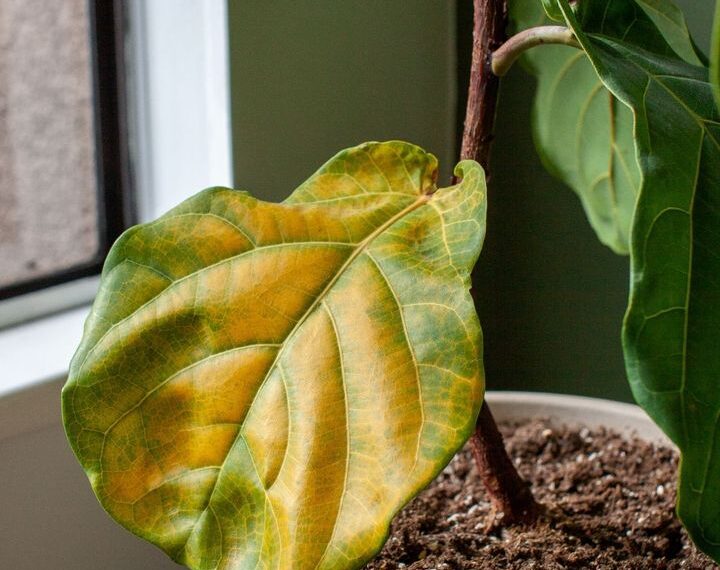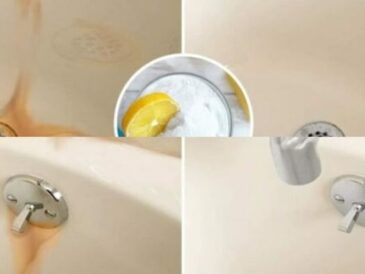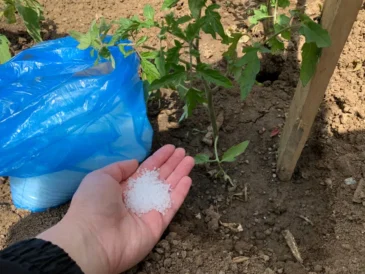Just like water, too much or too little light can cause yellowing in houseplants. Some plants can be “bleached” by the sun, causing the vibrant colors of their leaves to fade, while others will grow paler leaves if they don’t receive enough sunlight. Be sure your plant is getting the right amount of light for that particular species.
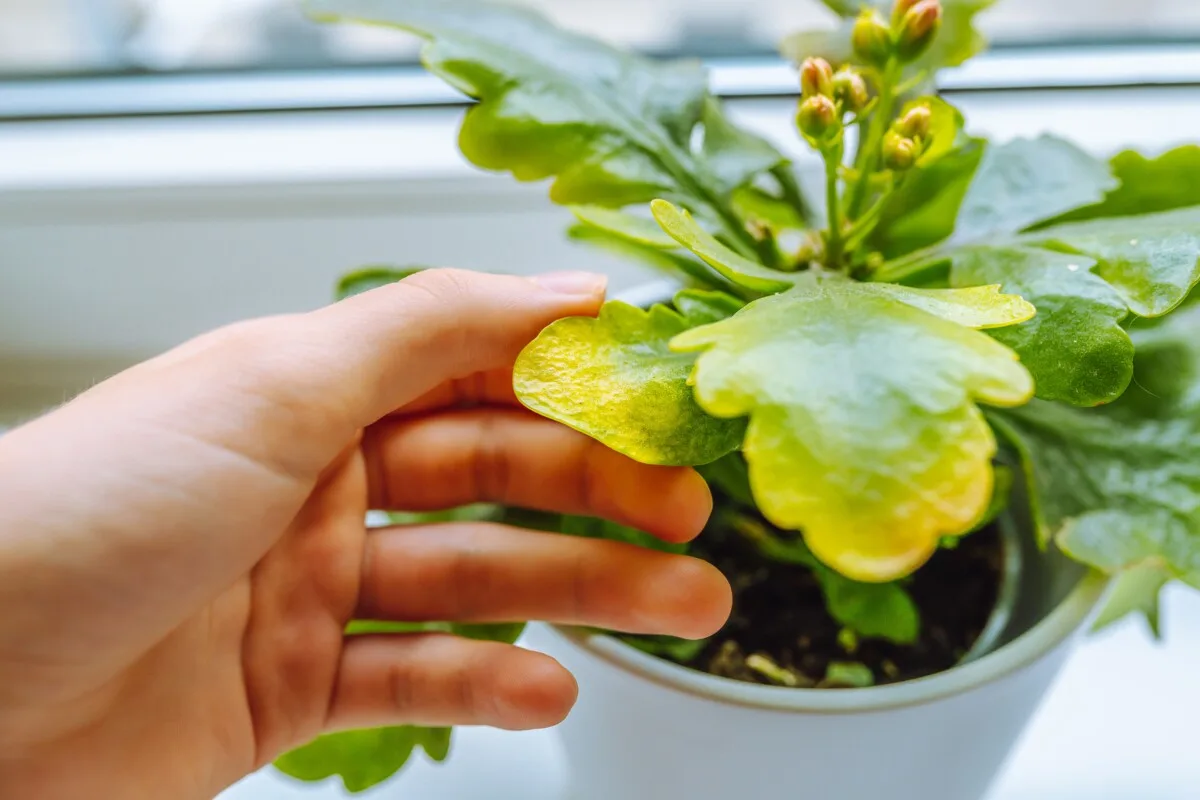
Be patient, as sometimes it can take time to find the Goldilocks spot for a particular plant, the spot that’s “just right.” Also, keep in mind that light changes with the seasons, so your plant may need to be moved to a different location depending on the season.
For instance, in the winter, my African violets love being right on the windowsill in my living room, but in the summer, it’s much too hot for them there, and they burn.
Pests and Fungi and Bacteria, Oh My!
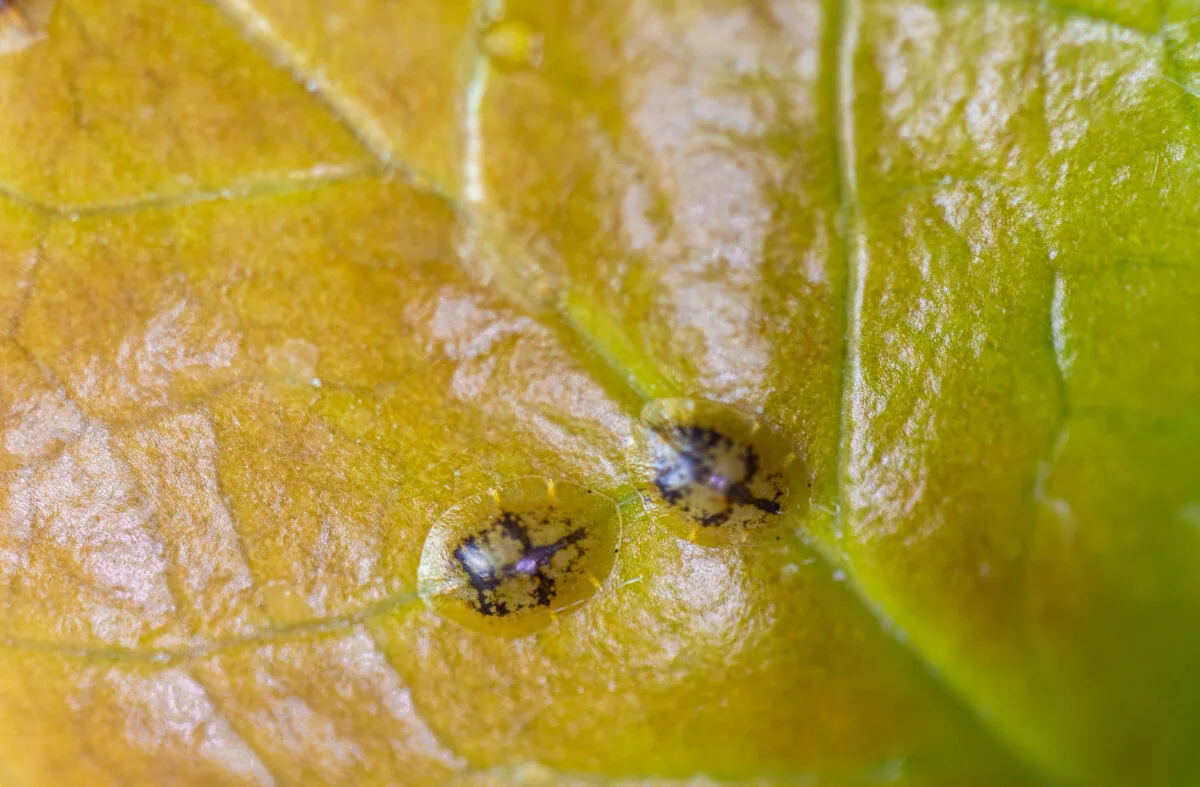
If you notice yellow spots or blotchy yellow patterns on the leaves of your houseplant, there is a good chance that something is attacking your plant.
Check plants closely for signs of pest damage. Spider mites, in particular, can cause tiny yellow pinpricks on leaves. After enough time has passed, the entire leaf looks washed out and yellow. Learn how to deal with spider mites here.
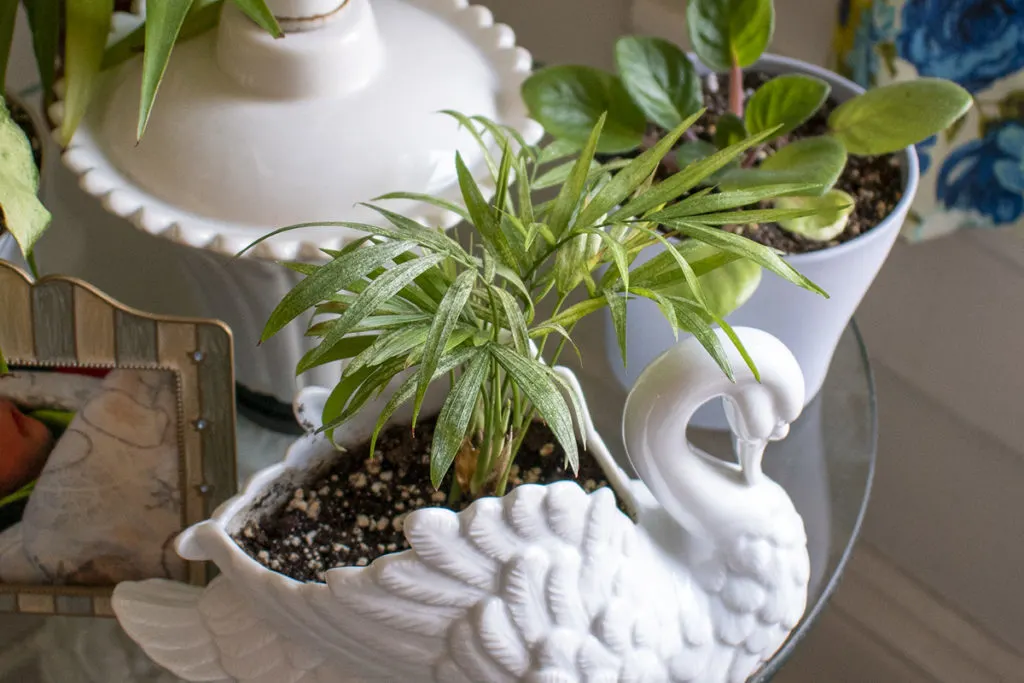
Aphids are another common pest that can cause leaf yellowing. Look for the white shed exoskeletons of aphids on the stems or shiny, sticky patches of honeydew. Aphids can be a pain, but if you catch them early, they’re much easier to deal with.
Fungal or bacterial infections can also cause yellow spots or overall yellowing of leaves. It’s important to remove affected leaves promptly and treat the plant with appropriate fungicides or bactericides. You will want to quarantine your plant away from other plants while you treat it.
Likewise, anytime you bring a new plant into your home, it’s important to keep it away from your other plants for several weeks to a month to ensure it’s not harboring pests or diseases.
Sudden Environmental Extremes
It’s the least likely scenario, but sometimes, sudden changes in temperature, humidity, or drafts can stress plants out, causing leaves to turn yellow.
For instance, you might put your beautiful red Christmas cyclamen on an end table right by the door and then leave the door open while you hang Christmas lights outside on your balcony on a cold, windy day.
You might also be surprised to find every last leaf on that cyclamen yellow and flopped over two days later. I’m not saying I’ve done this personally, just that it could happen to someone. Not me, but someone. Try not to be like “someone.”
It Was Just Their Time to Go
It’s also completely natural for older leaves to turn yellow and eventually drop off. If you notice that only the oldest leaves are yellowing and dropping off the plant, then it’s probably safe to assume this is part of the natural growth cycle.
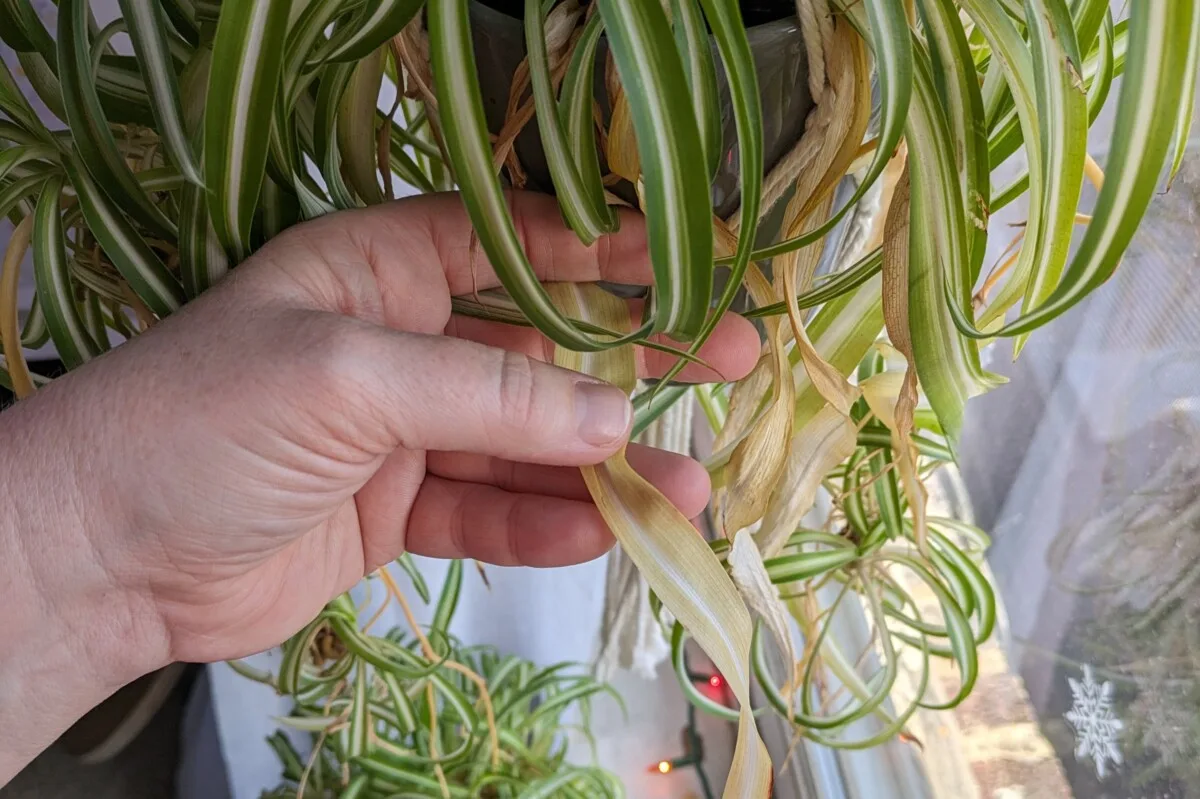
Whenever you’re dealing with a plant health issue, I always suggest caution and observation. Make one change at a time and give it a couple of weeks to see if it improves before trying something different.
Most of the time, these issues tend to clear up on their own, leaving us scratching our heads. However, if you’ve ruled out the usual causes for yellowing leaves and the problem persists, you may wish to consult an expert at a local garden center or contact your county agriculture extension office.
HERE’S SOME PRODUCTS YOU CAN BUY TO FIX THESE ISSUES
Overwatering:
- Moisture meter: This will help you avoid overwatering by precisely measuring the soil moisture
- Pots with drainage holes: use pots with drainage holes to prevent root rot caused by overwatering
Underwatering:
- Watering can: A watering can is an essential tool for any plant owner
Lack of Nutrients:
Pests and Diseases:
- Insecticidal soap: This is a natural option for controlling aphids and other pests
- bactericide: YOU need a fungicide or bactericide to treat fungal or bacterial infections
General Plant Care:
- Houseplant care book: I can recommend a general houseplant care book if want to learn more
